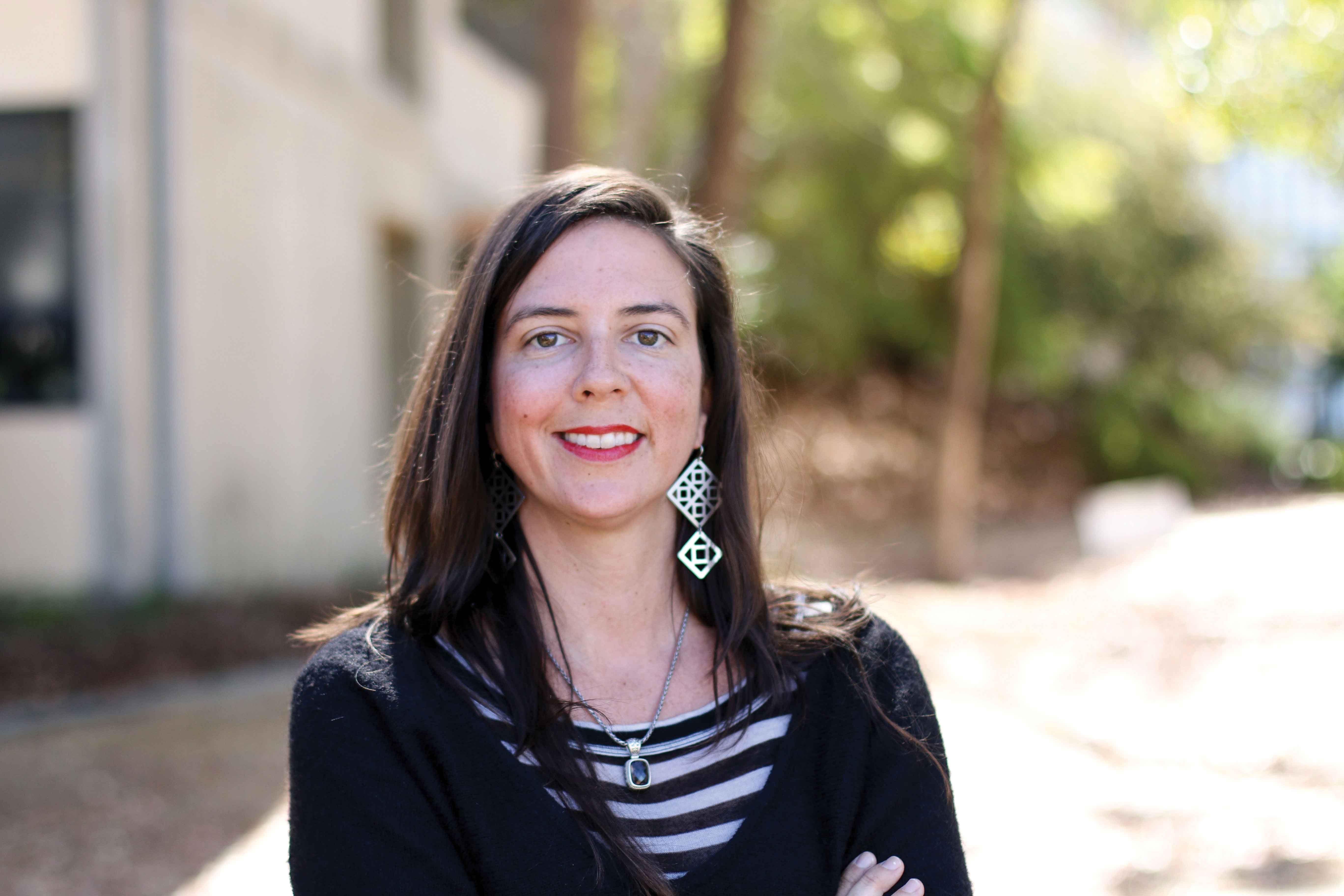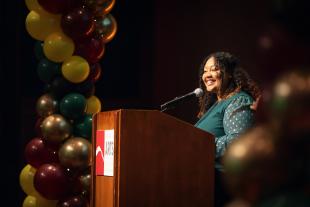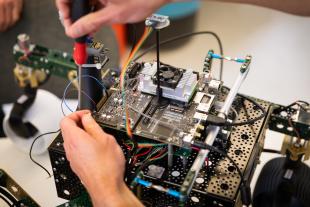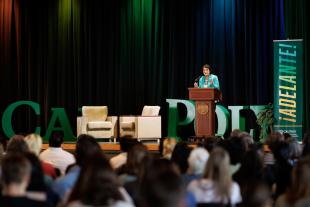Researchers Aim to Help Women in STEM Overcome Gender Discrimination
 Cal Poly professor uses case study method to help students prepare for bias, inequity
Cal Poly professor uses case study method to help students prepare for bias, inequity
A Cal Poly anthropology professor is embarking on a nationwide effort to increase the number of women in science, technology, engineering and math (STEM) fields and give them tools to help them advance in their careers.
Cal Poly Professor Coleen Carrigan has researched the customs and cultures of STEM workplaces and educational programs across the country in an effort to understand why — despite continued efforts — racial minorities and women are underrepresented in these fields. Carrigan uses that research to write case studies, which present common scenarios to help individuals work together in small groups to develop practical and strategic responses.
Last year, a University at Buffalo (UB) multidisciplinary research team recruited Carrigan to co-write a grant to fund the NAVIGATE Project, an innovative training program that uses case studies to provide female graduate students with the skills to recognize and overcome gender bias, discrimination and inequity.
The NAVIGATE research team, which received nearly $500,000 in National Science Foundation research grants, will first offer the program to female graduate students at UB and eventually will make the training materials available to the public. Ultimately, the project aims to boost the number of women participating in the STEM workforce at all levels and may be adopted for other underrepresented groups in the STEM workforce.
The U.S. has made some progress addressing the gender gap in the STEM workforce, but problems persist. For example, women fill 47 percent of all U.S. jobs but only 24 percent of STEM jobs, according to the U.S. Census Bureau.
Many women pursuing the STEM workforce report that they find it challenging to navigate adverse situations without derailing their careers, according to the NAVIGATE research team. Yet they seldom receive instruction on how to best handle them. As a result, many women leave STEM careers or are dissuaded from seeking leadership roles.
“The narrative has traditionally been that women aren’t in careers like high-tech because they aren’t interested in them,” Carrigan said, “but my research shows that it’s also because they are hostile environments for women.” Scandals involving Uber, Google and other tech giants have amplified the need to address gender inequality in high-tech, she added.
By equipping women in STEM with these skills, NAVIGATE facilitators hope more will continue in their careers. But Carrigan, a principal investigator of the research team, stressed: “We’re not trying to fix women. We’re trying to fix the system.” In other words, if more women stay in their chosen career and advance to leadership, STEM industries may become more diverse over time.
Using the case study method in the classroom to develop problem-solving skills related to bias and discrimination will increase students’ confidence in dealing with real-world problems that they may encounter during their studies or in the workplace, said Liesl Folks, also a principal investigator on the research team and dean of UB’s School of Engineering and Applied Sciences.
For example, a group of students could be assigned a case that describes what it’s like to be a mid-career female computer scientist passed over for a promotion by a less-qualified male colleague or a young water resource engineer who is continuously asked out for drinks after work by her boss. Because lessons are blended into compelling and relatable stories, students move beyond simply recalling knowledge to a much deeper understanding involving decision-making and analytical skills.
Researchers create case studies based on experiences of women in STEM fields and then collect qualitative and quantitative data to evaluate the effectiveness of the cases. The case study method has proven effective in business, law and other fields but has not been studied as a tool to overcome gender inequality, Carrigan said.
Additional UB co-principal investigators include Glenna Bett, associate professor in the Department of Obstetrics and Gynecology; Xiufeng Liu, professor in the Graduate School of Education; Nancy Schiller, engineering librarian in University Libraries; and Laurene Tumiel-Berhalter, associate professor in the Department of Family Medicine in the Jacobs School.
UB is a host for the National Science Foundation’s National Center for Case Study Teaching in Science (NCCSTS), and Schiller is a co-director of the center.
The research is supported by the NSF’s Innovations in Graduate Education program, which supports projects that pilot, test and validate innovative and potentially transformative ways to teach STEM.




